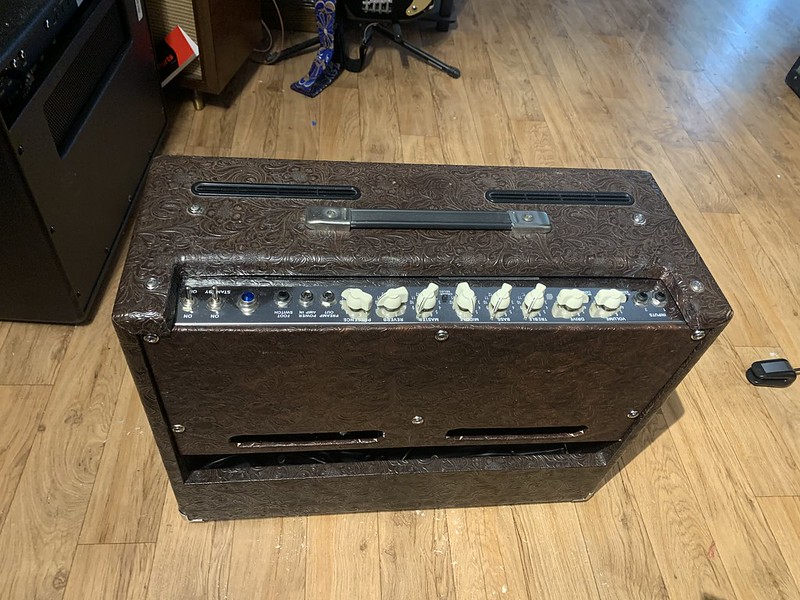CapnDenny1
Student Of The Blues
In the hifi world, you are trying to give the sound as accurate as possible. So a speaker is designed to be neutral, and the cab should not color the sound. The best cheap material is MDF.
In a guitar amp, there are different opinions. Some feel part of the magic of the early Fender amps was that they were made of pine. And also that the speaker baffle, the board the speaker is mounted to, is floating. By that it means it is screwed in not glued in.
As far as internal baffles, or pockets? Hey maybe so, maybe not. It might make it technically better, but people may prefer the sound from the technically inferior design.
In a guitar amp, there are different opinions. Some feel part of the magic of the early Fender amps was that they were made of pine. And also that the speaker baffle, the board the speaker is mounted to, is floating. By that it means it is screwed in not glued in.
As far as internal baffles, or pockets? Hey maybe so, maybe not. It might make it technically better, but people may prefer the sound from the technically inferior design.

 IMG_4543
IMG_4543 IMG_4534
IMG_4534